"The" formal boxwood garden
ttonk
11 years ago
Related Stories

FLOWERS AND PLANTSEasterners: Consider This Native Alternative to Boxwood
Inkberry, or Ilex glabra, excels as a foundation plant or formal hedge perfectly suited to the East Coast
Full Story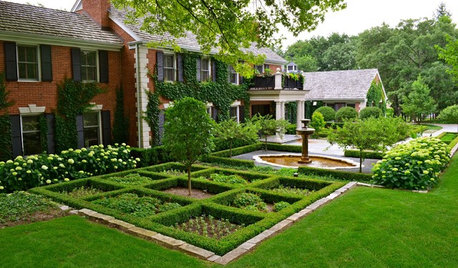
GARDENING GUIDESBoxwood: Still Shape-Shifting After 350 Years
Wild or mild, the humble boxwood still brings style and order to all kinds of gardens
Full Story
LANDSCAPE DESIGNBoxwood Alternatives Bring the Chelsea Flower Show to You
Don’t let box blight limit your plans to borrow garden design ideas from the renowned British event
Full Story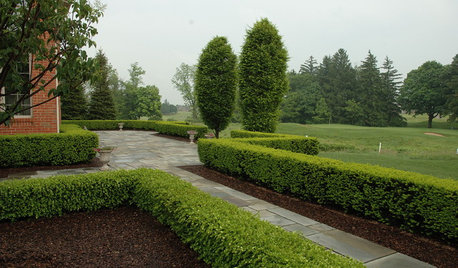
GARDENING GUIDESGreat Design Plant: Boxwood
This elegant evergreen can shape shift into forms limited only by a gardener's imagination and a clipper's reach
Full Story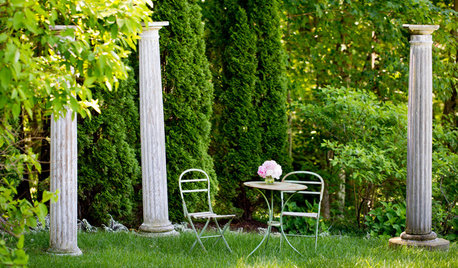
MY HOUZZMy Houzz: Classic Garden Style for a 1745 Connecticut Farmhouse
A boxwood maze, a sweet wildflower garden and lush plantings surround a designer’s East Coast home
Full Story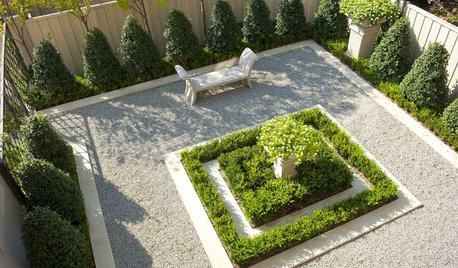
LANDSCAPE DESIGN17th-Century Ideas Add Formal Grandeur to the Garden
Landscapes of all sizes can learn a thing or two from the grand gardens of the past
Full Story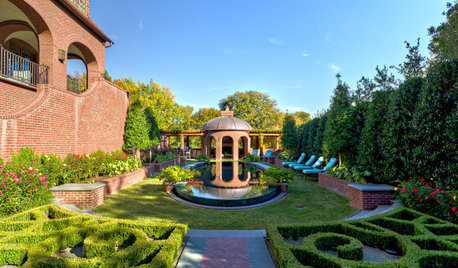
GARDENING AND LANDSCAPINGFormal Parterre Gardens Rule the Landscape
You don't have to be royalty to enjoy a formal parterre garden, but its pristine pathways and geometric designs let you play the part
Full Story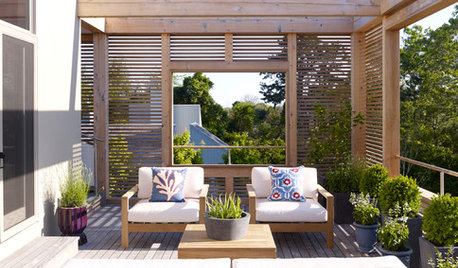
LANDSCAPE DESIGN6 Basic Elements of Classic Garden Style
Use symmetry, geometry and other principles of formal design to give even a modest garden a pleasing balance
Full Story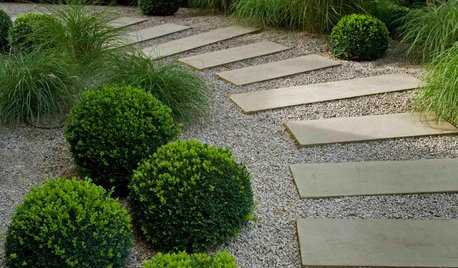
LANDSCAPE DESIGNTouches of Grandness for the Garden
You don’t need a king-size yard to add a little formality to your landscape with fanciful hedges, topiaries and paths
Full Story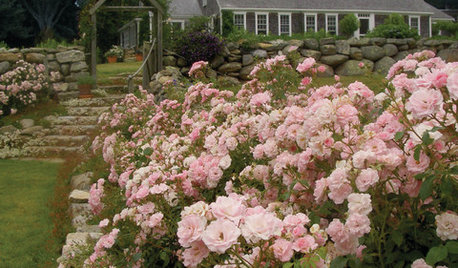
GARDENING AND LANDSCAPINGReimagine the Rose Garden
No need for boxlike bushes. Modern roses are breathtakingly beautiful mixed casually and with less formal shapes in the landscape
Full StoryMore Discussions






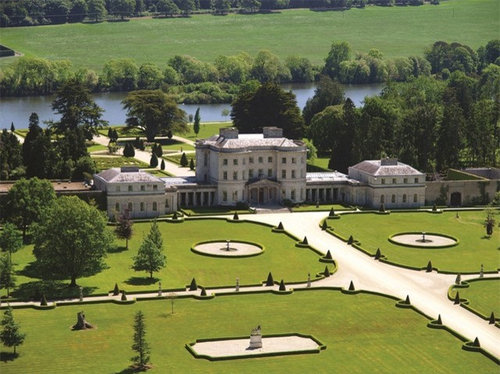



ttonkOriginal Author
Embothrium
Related Professionals
Beachwood Landscape Architects & Landscape Designers · Bethlehem Landscape Contractors · Elgin Landscape Contractors · Waterbury Landscape Contractors · Cedar Hill Landscape Contractors · Conroe Landscape Contractors · Merced Landscape Contractors · Painesville Landscape Contractors · Vacaville Landscape Contractors · Lauderdale Lakes Landscape Contractors · Baltimore Siding & Exteriors · Bolingbrook Siding & Exteriors · Glen Burnie Siding & Exteriors · Oak Ridge Decks, Patios & Outdoor Enclosures · San Diego Decks, Patios & Outdoor Enclosuresgreenthumbzdude
flora_uk
ken_adrian Adrian MI cold Z5
ttonkOriginal Author
Embothrium
mad_gallica (z5 Eastern NY)
flora_uk
Embothrium
terrene
flora_uk
botann
ttonkOriginal Author
mad_gallica (z5 Eastern NY)
flora_uk
terrene
Embothrium
davidrt28 (zone 7)
Embothrium
botann
greenthumbzdude
davidrt28 (zone 7)
mad_gallica (z5 Eastern NY)
davidrt28 (zone 7)
ttonkOriginal Author
davidrt28 (zone 7)
ttonkOriginal Author
Embothrium
ttonkOriginal Author
Embothrium
Sara Malone Zone 9b
sam_md
davidrt28 (zone 7)
ttonkOriginal Author